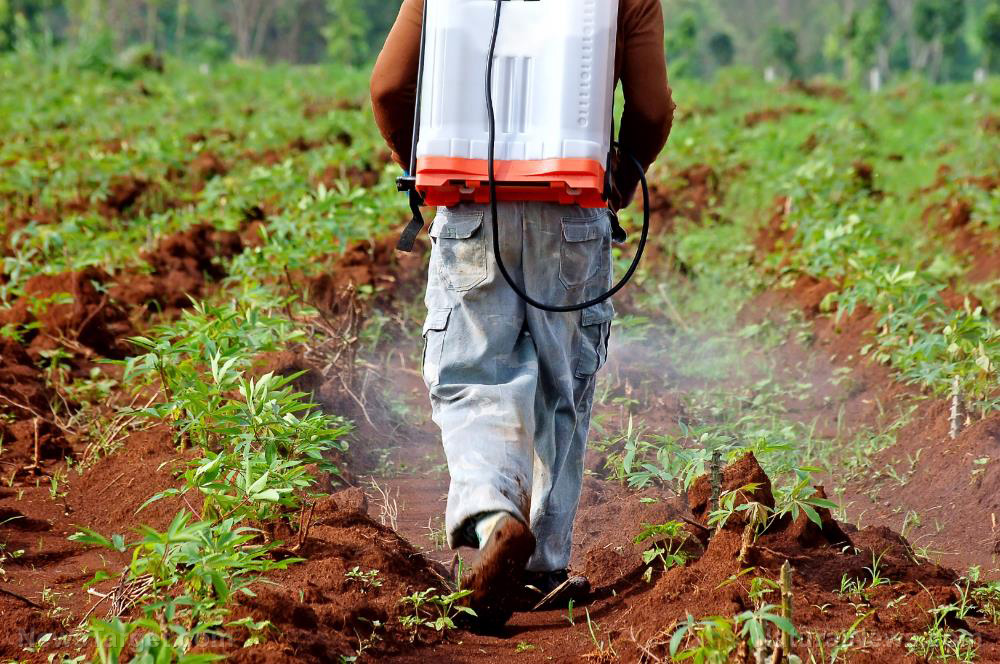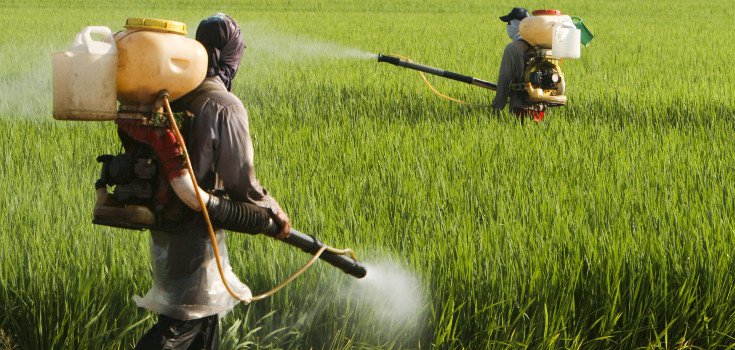Aggressive mildew: Resistant varieties of grape help reduce the use of fungicides
03/07/2019 / By David Williams

Researchers at the French National Institute for Agricultural Research (INRA) recently discovered that in the case of some grape varieties, the suspect pathogens can adapt and cause harm anyway.
There are new varieties of grape that are resistant to pests like grapevine downy mildew that are already in the market. However, experts don’t know the extent of this pathogen’s current ability to adapt. Researchers tried to come up with a way of showing how mildew in general can adapt rather quickly and still manage to affect local farms despite a good level of overall global resistance. The findings of the study have been published in the journal Evolutionary Applications.
One of the grapevine varieties that the study focused on is grapevine downy mildew, also known as Plasmopara viticola. It’s an air-borne disease that highly affects certain cultivated grape varieties. It’s a major pest, and certain grape varieties like Vitis vinifera can’t defend itself against it, even as it adapts to its new surroundings after originally being imported from the U.S. to Europe during the 19th century.
To solve this problem, the current method is using fungicide over the course of an entire growing season, with the plant being treated as many as 10 times.
As an alternative, the researchers started using resistant grape varieties. Based on their results, they concluded that this new method could reduce the use of fungicides by up to 90 percent.
Managing the resistance
As part of the research, new ways to sustainably manage grape variety resistance have been developed. This is due in part to the fact that, while some level of disease resistance comes naturally to certain grape varieties, the effectiveness of the resistance becomes compromised after just a few years because of “virulent strains.”
To find out just how destructive the suspect pathogens can be after encountering resistance, researchers collected mildew from the resistant vines and compared it with “naive” strains that haven’t encountered resistance yet. All of the samples were collected from Switzerland and Germany, where a number of resistant grape varieties have already been planted. The results revealed that having partial resistance in the vines is globally effective at keeping mildew at bay. What’s interesting is that the resistant variety strains were shown to be more aggressive when compared with the “naive” strains.
After testing, the researchers found that pore production fell by as much as 92 percent in varieties with partial resistance when compared to that found vulnerable varieties. Meanwhile, adaptation in mildew populations account for an almost 26 percent reduction in resistance effectiveness. This is part of what’s known as partial resistance erosion, where the mildew can adapt rather quickly even if not fully, over the course of less than five years.
The research concludes that further experiments are needed to confirm and gather more details about the results, especially with regards to the difference in aggressiveness between “virulent” and “naive” mildew strains.
For its part, INRA says it will soon release new resistant varieties of grape in the market. As such, the results of the study highlight the importance of considering the durability of a resistance, regardless of what grape variety is being grown or sold. The researchers will continue to experiment and come up with new ways to extend or enhance resistance in the meantime.
Sources include:
Tagged Under:


















